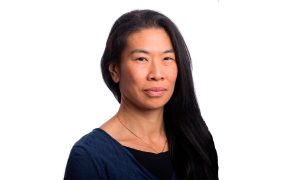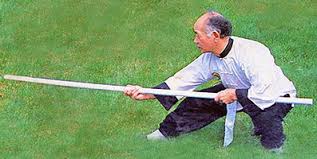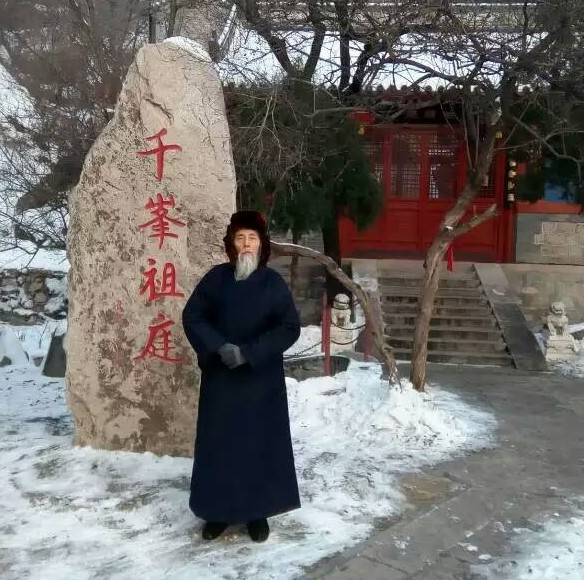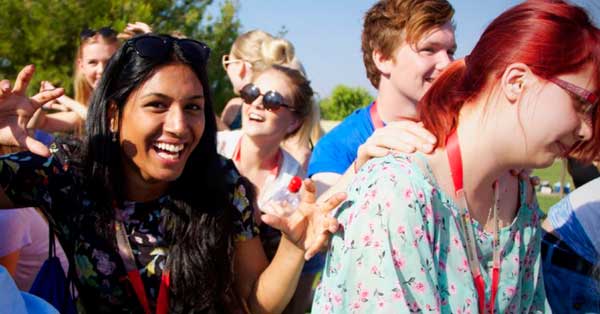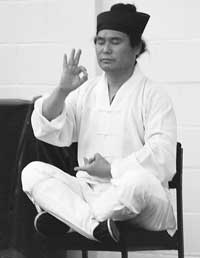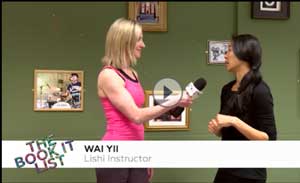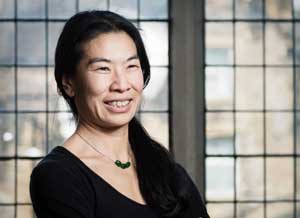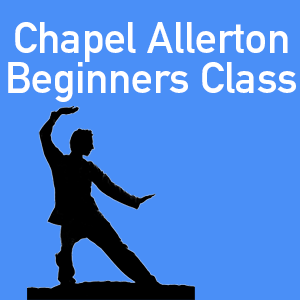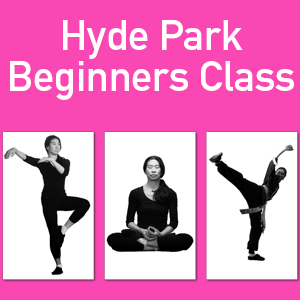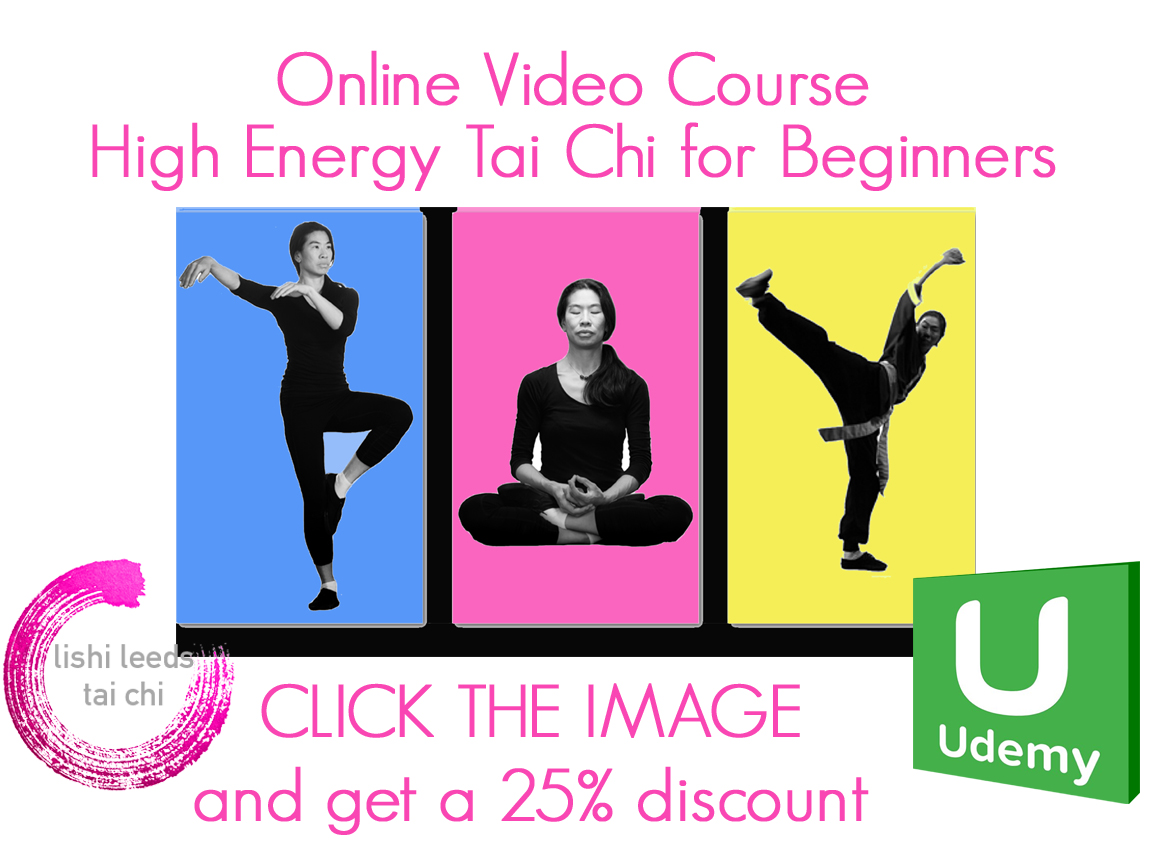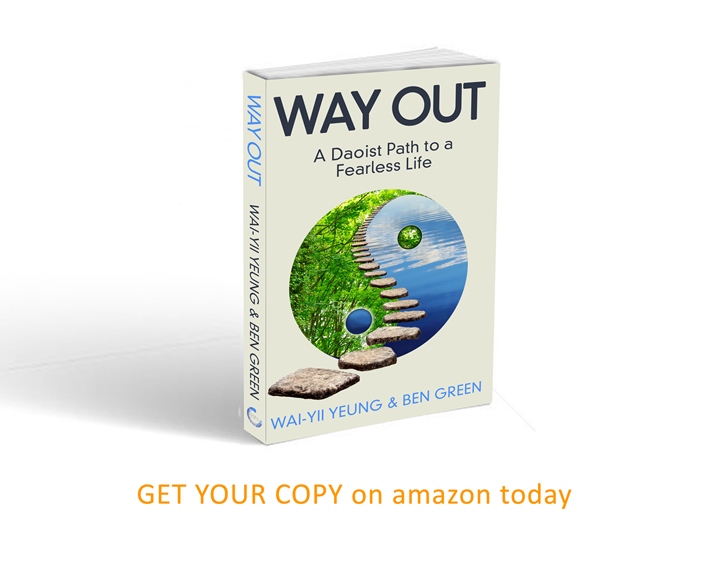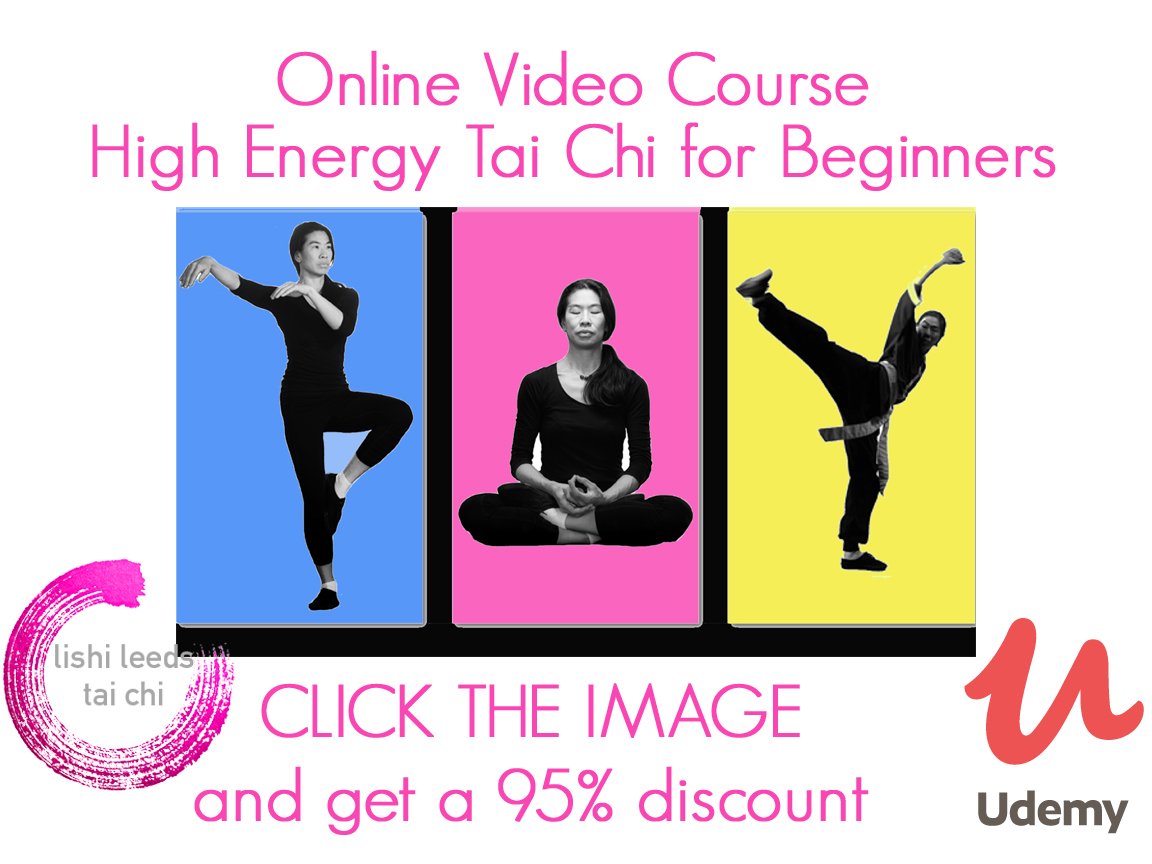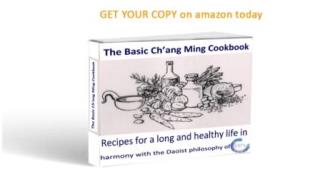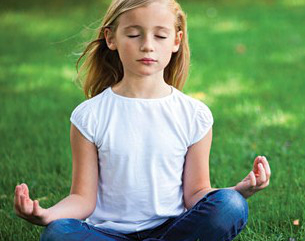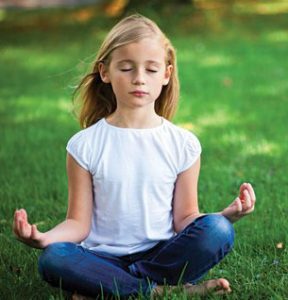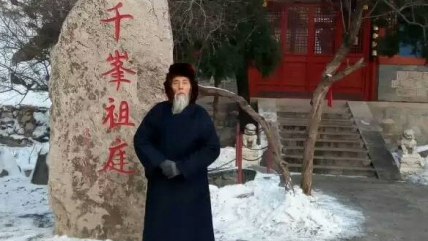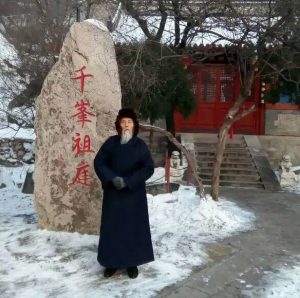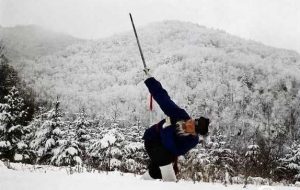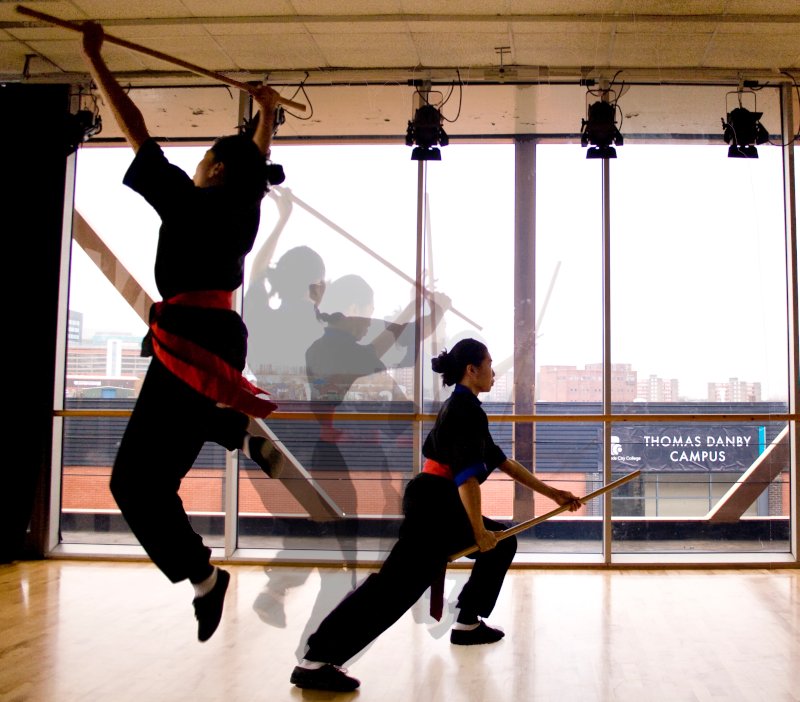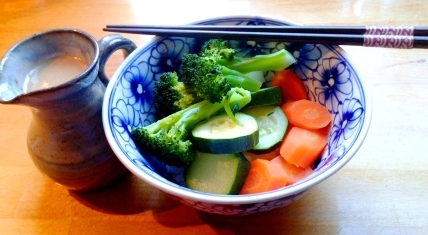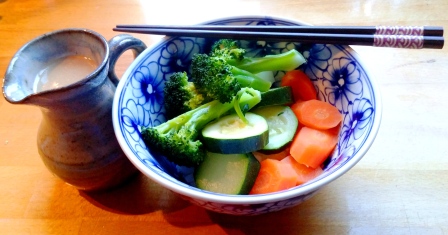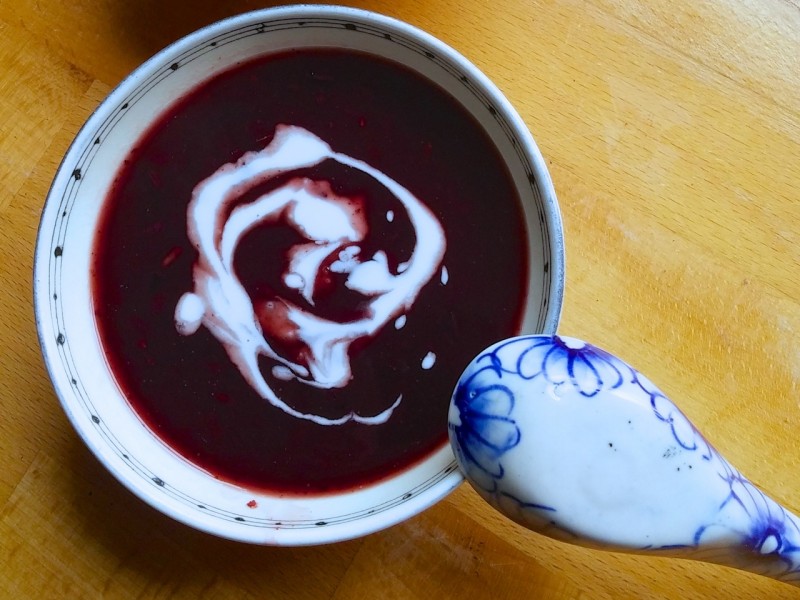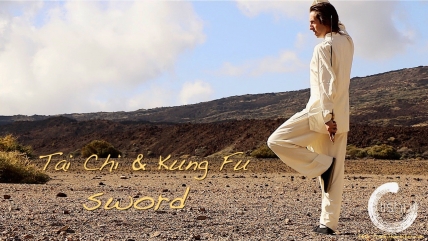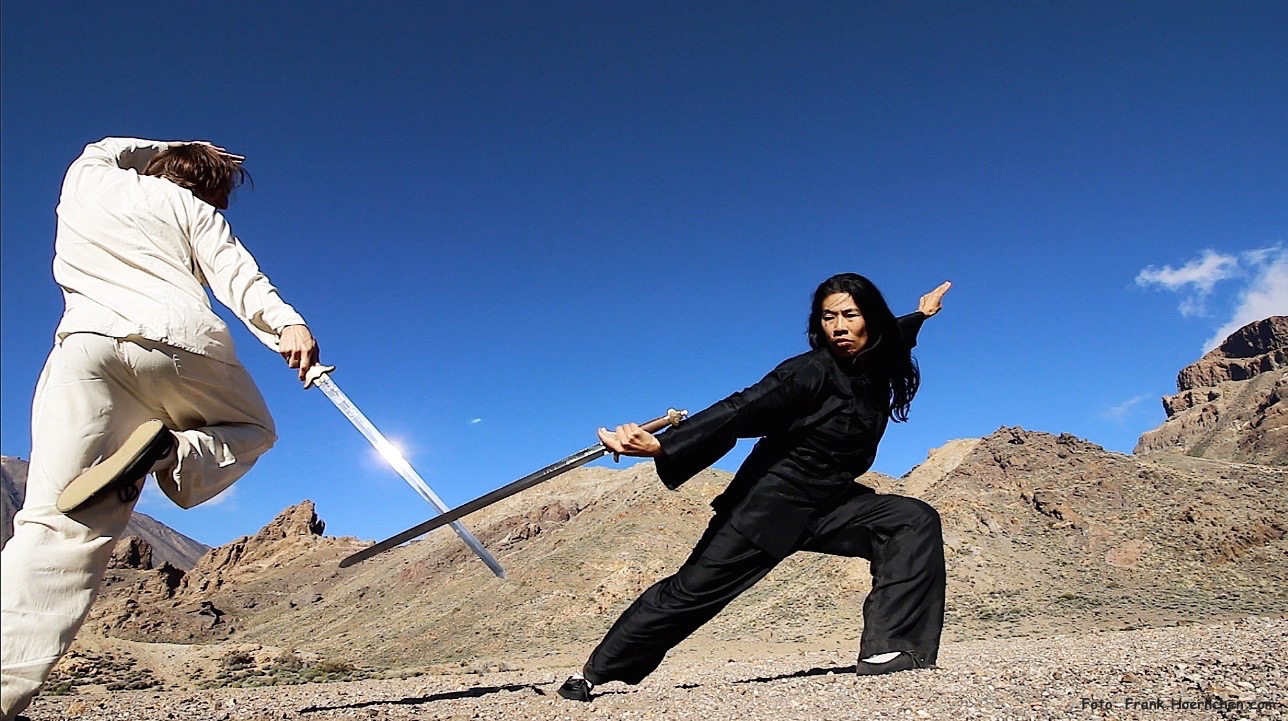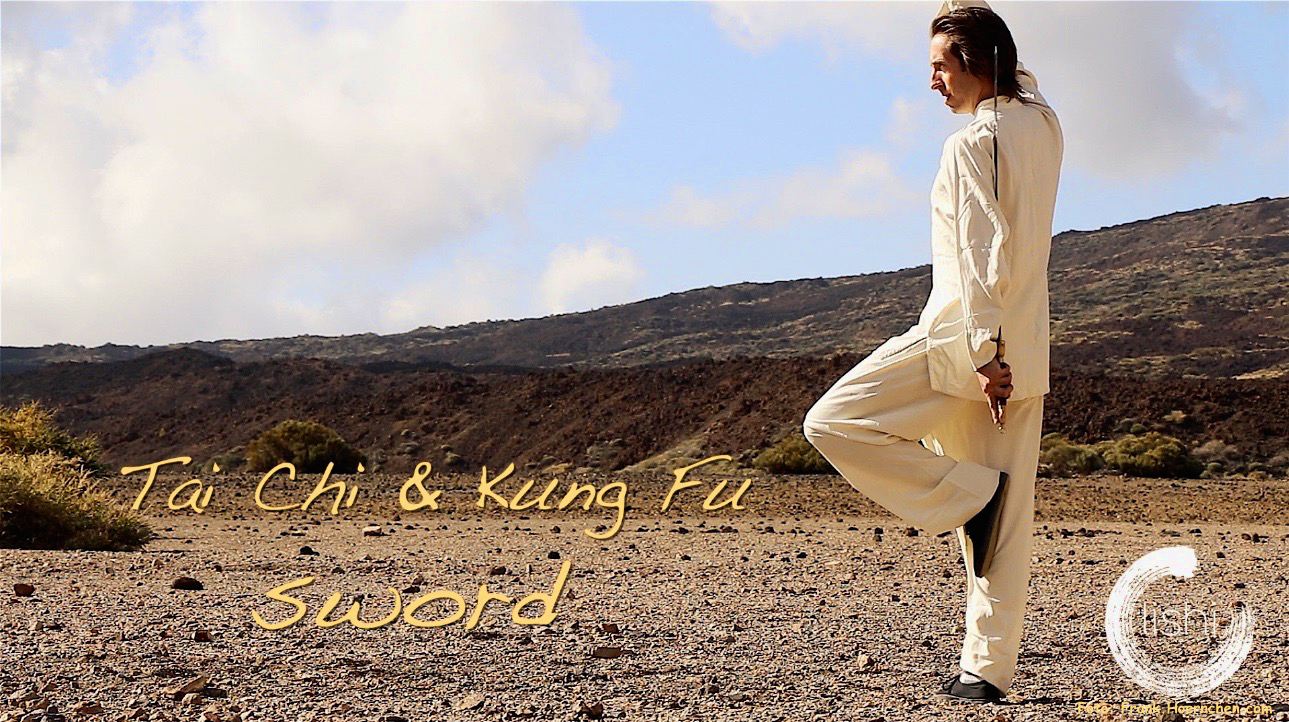Can Tai Chi Cure Depression?
DOES TAI CHI, LISHI AND DAOISM HELP CURE STRESS, ANXIETY AND DEPRESSION?
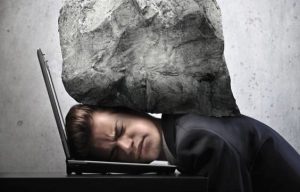 Stress, anxiety, low confidence and depression are all common reasons why people turn to Tai Chi as a natural anti-depressant to help boost their mood.
Stress, anxiety, low confidence and depression are all common reasons why people turn to Tai Chi as a natural anti-depressant to help boost their mood.
I’ve seen many times how joining a class transforms people’s mental health and I’ve just read an article that provides some evidence why.
“It turns out that, in the same way that we have basic physical needs like food, water and shelter, all humans have certain basic psychological needs.”
“We need to feel we belong. We need to feel valued. We need to feel we’re good at something. We need to feel we have a secure future.”
“There is growing evidence that our culture isn’t meeting those psychological needs for many, perhaps most, people…
….we have become disconnected from things we really need, and this deep disconnection is driving this epidemic of depression and anxiety all around the world”
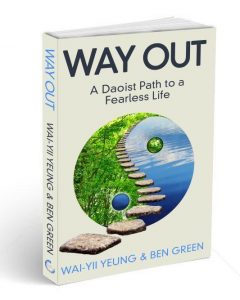 In my book, I describe how the modern world is crazy!
In my book, I describe how the modern world is crazy!
Working life, the economy and technology mean there is a constant pressure to operate at an unnatural pace.
By trying to keep up, we neglect our true nature and suffer the consequences.
Some people are more sensitive and recognise this imbalance earlier.
Others continue to drive themselves until a major physical or mental illness slaps them across the face and makes them sit down and take a good look at their life.
The Drugs Don’t Work
The article reveals that much of the ‘evidence’ that depression is caused by low serotonin levels has been conveniently fabricated by drug companies in order to sell the idea to prescribing doctors.
Whilst it is convenient to absolve responsibility and blame it on one’s genes, the research suggests…
That using these drugs to boost serotonin only provides temporary respite.
These feelings are in fact messages that there are things about our external world that need changing.
The author of the article found, when speaking with local doctors in countries where they don’t use drugs as anti-depressants,That they looked for other more effective approaches. According to these doctors:
“Finding an antidepressant didn’t mean finding a way to change your brain chemistry. It meant finding a way to solve the problem that was causing the depression in the first place.”
…we need to change our understanding of what depression and anxiety really are.


